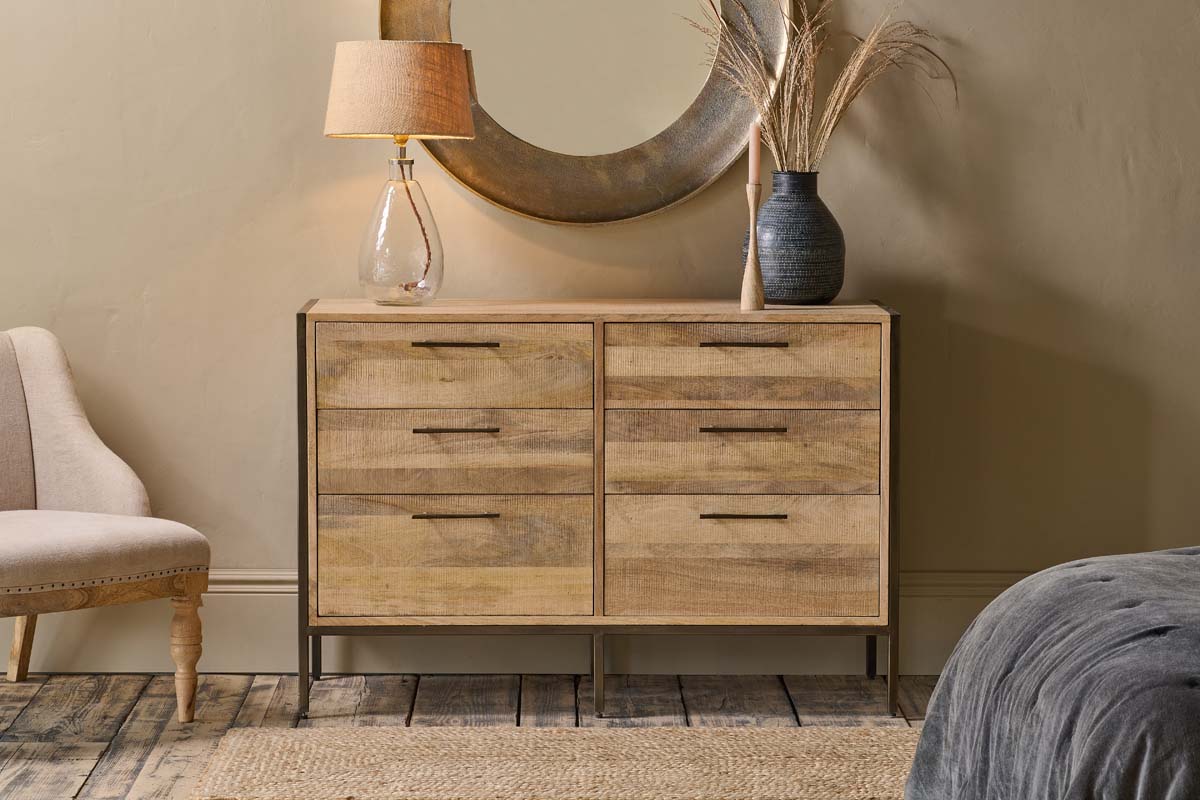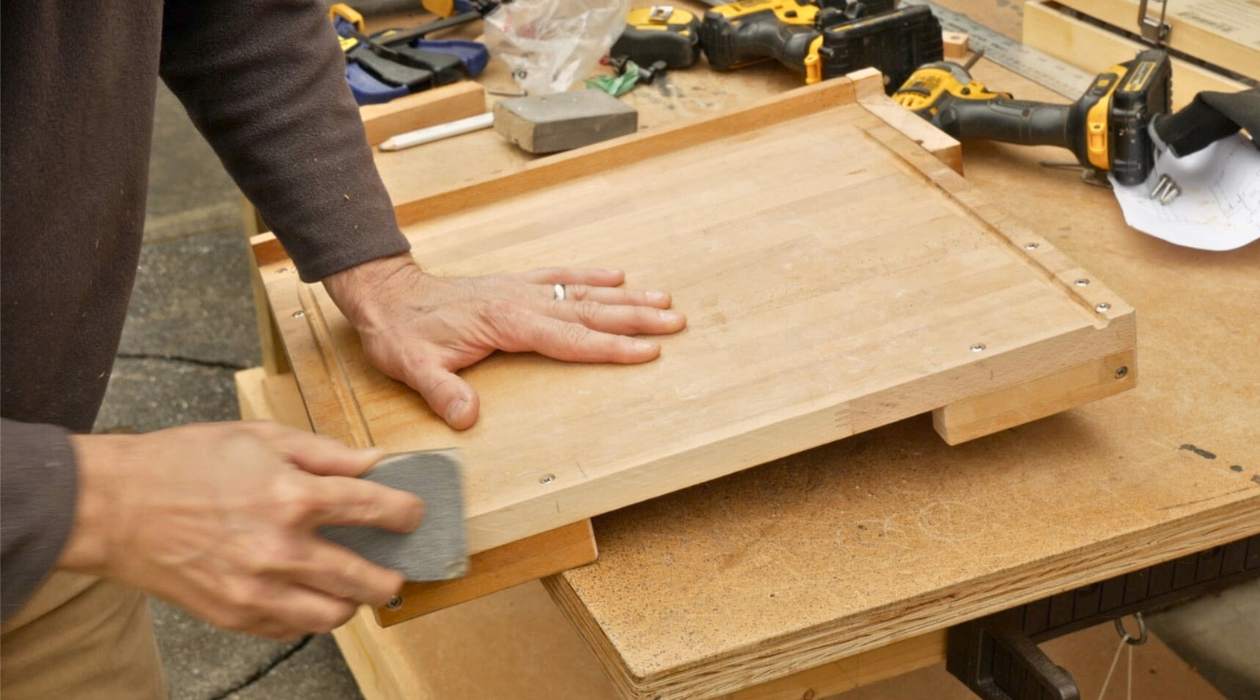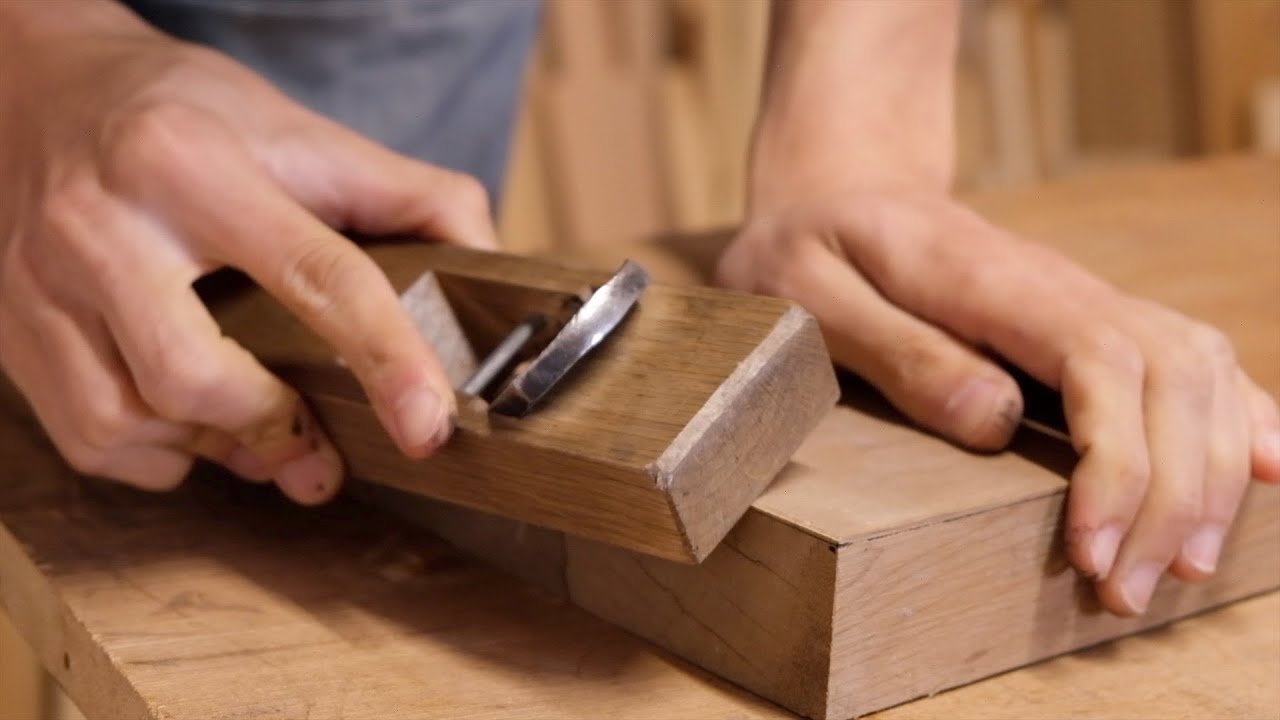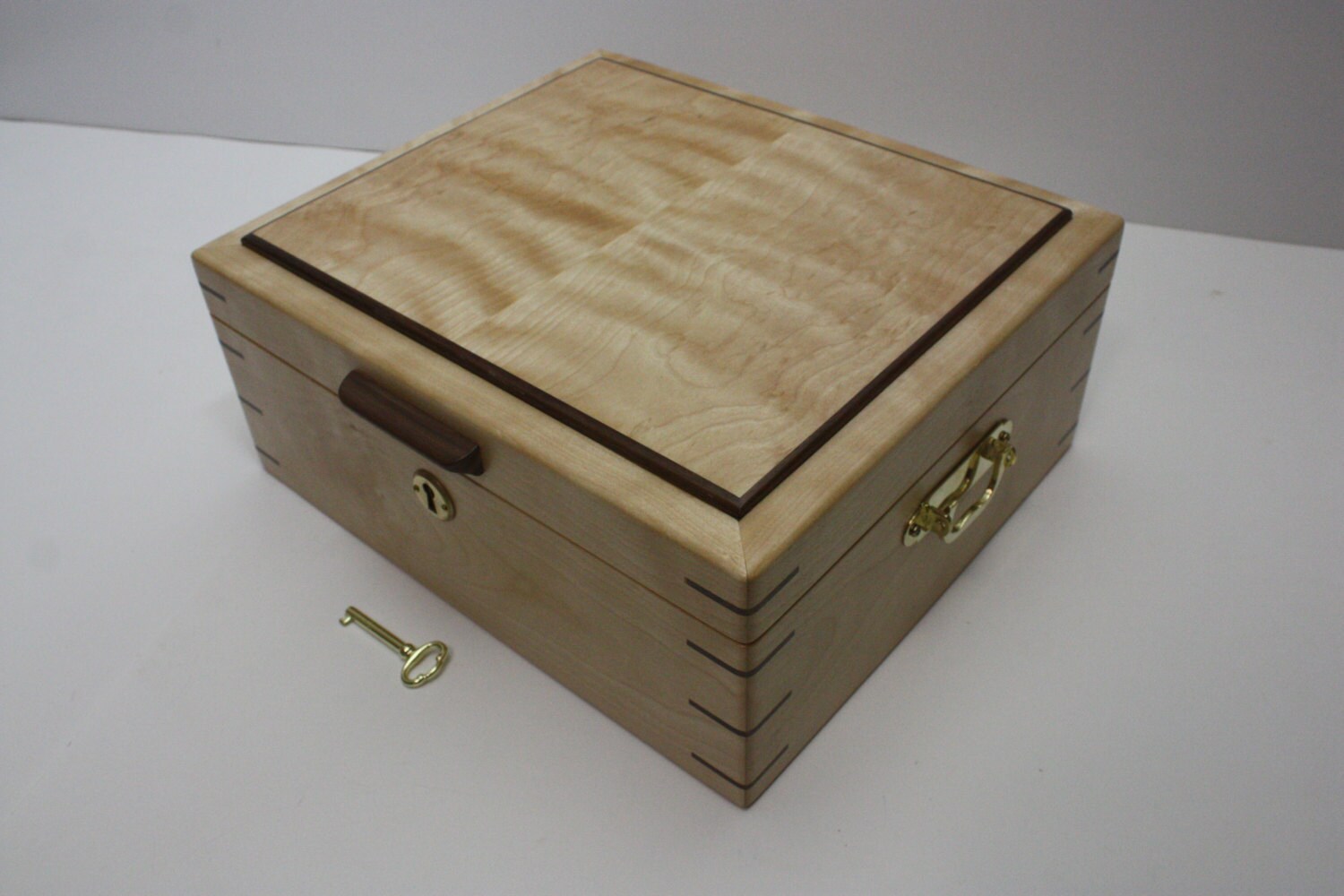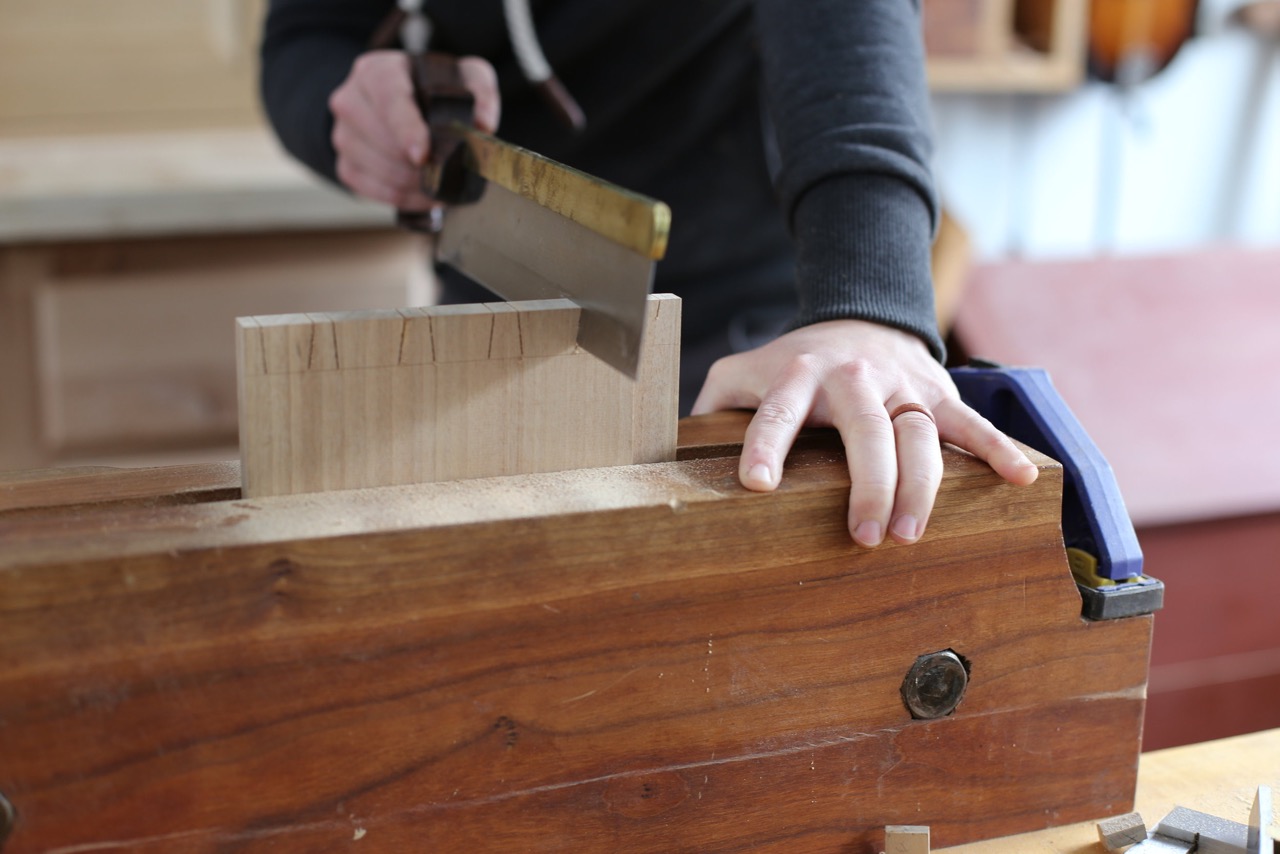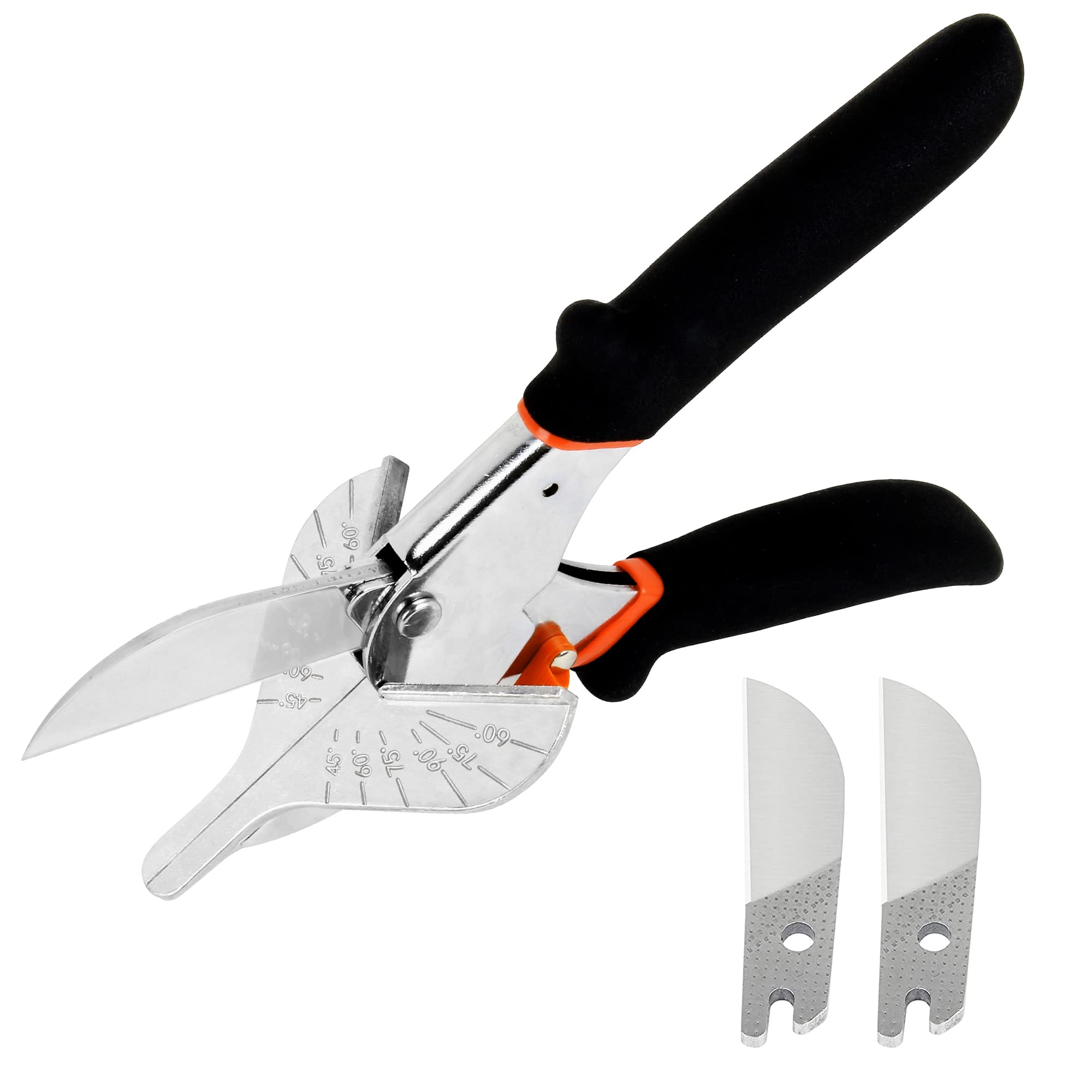Home> Woodworking Skills
Master Woodworking Skills: A Comprehensive Guide for Beginners & Pros
Unlock your woodworking potential! Learn the basics, history, modern practices, and proper tool use & maintenance to enhance your woodworking skills.
13 Amazing Wood Dresser for 2024
By: Sophia Turner • Your Ultimate Guide To All Things Furniture
